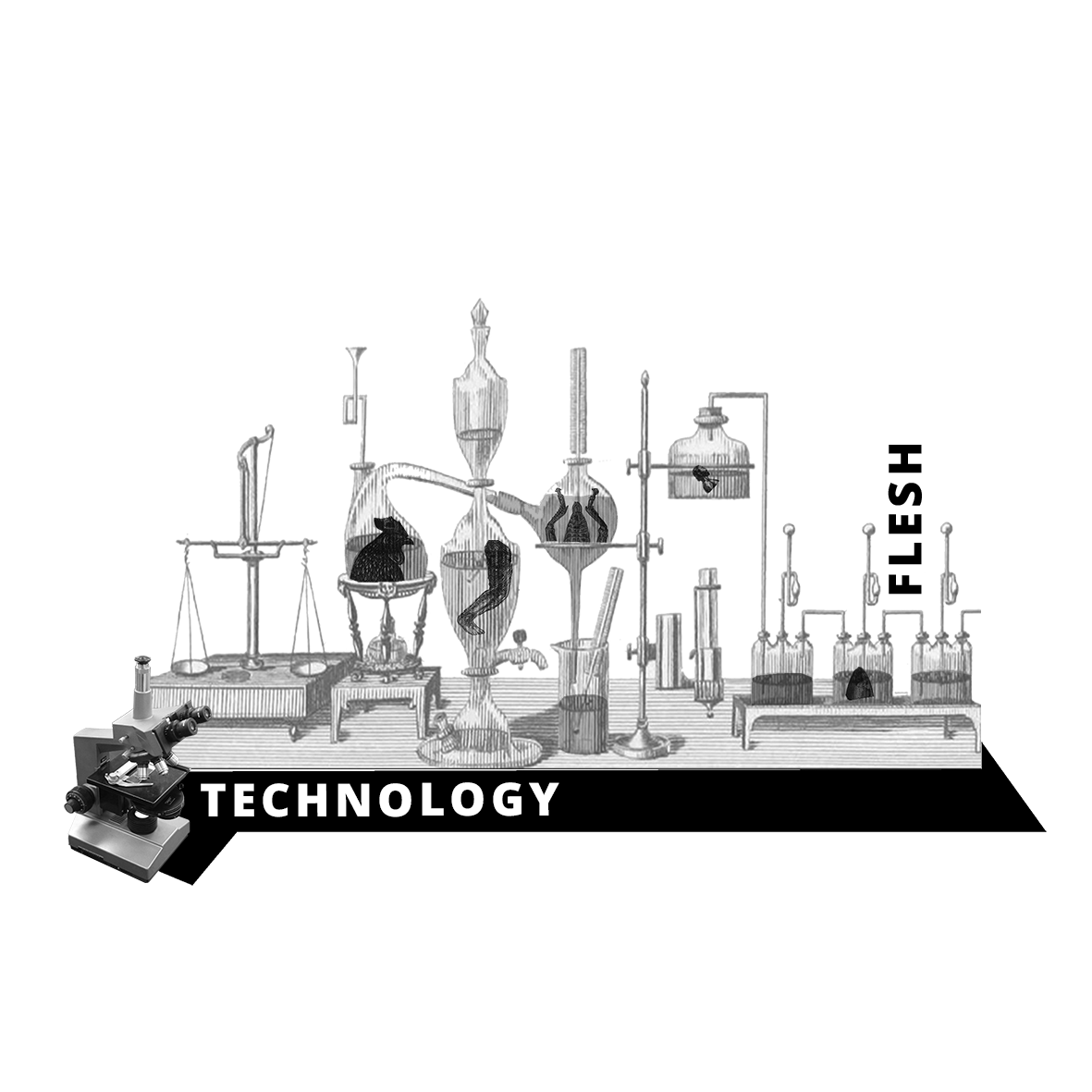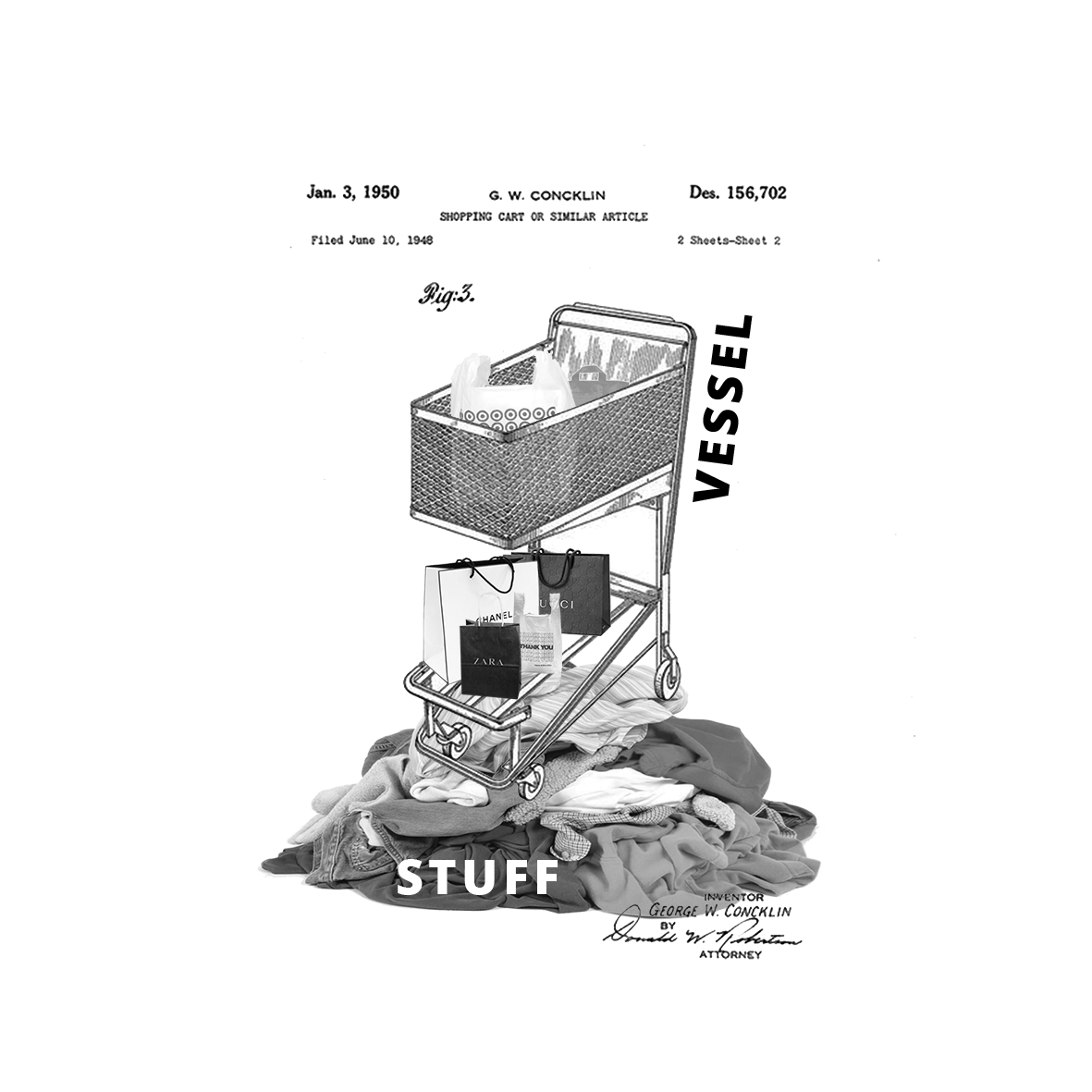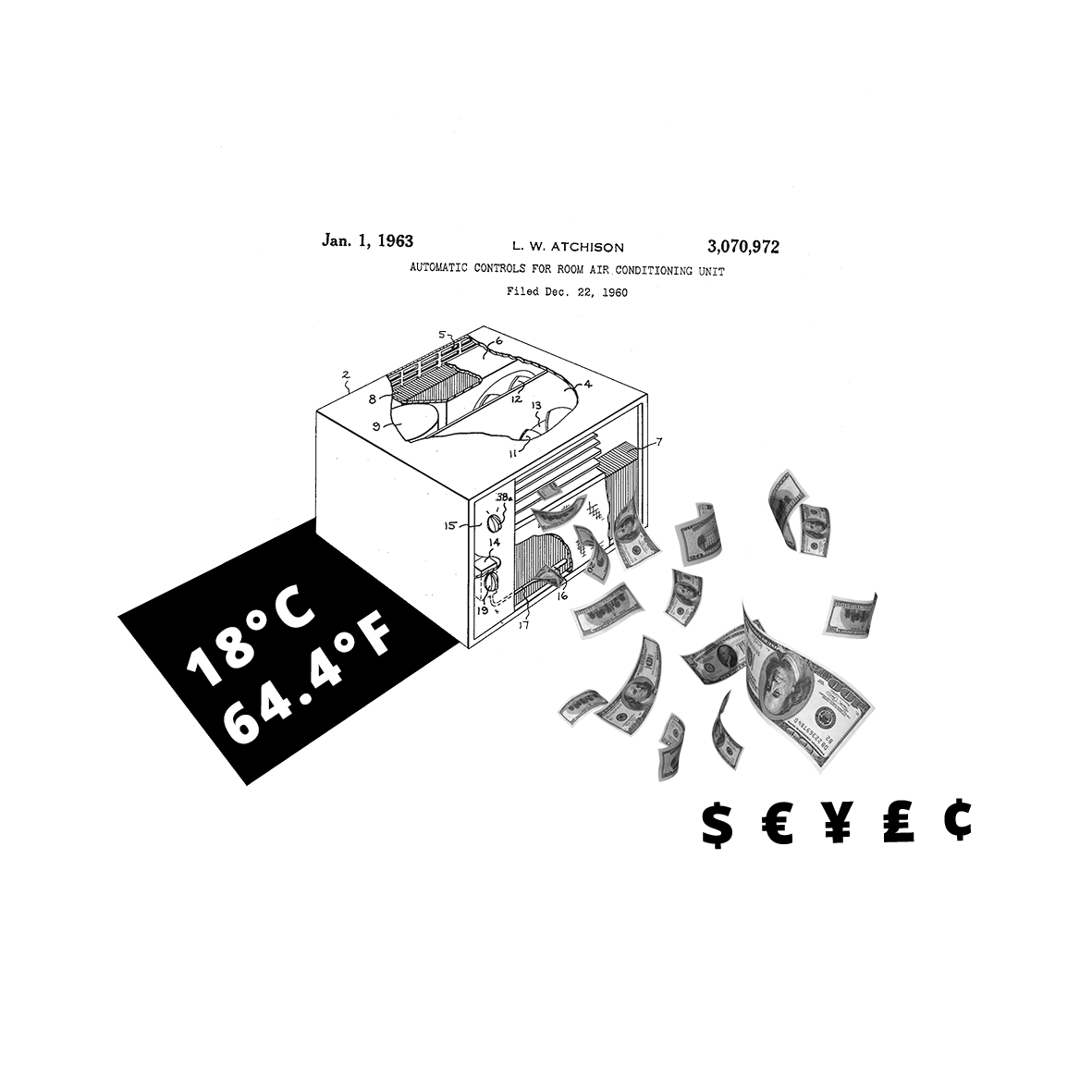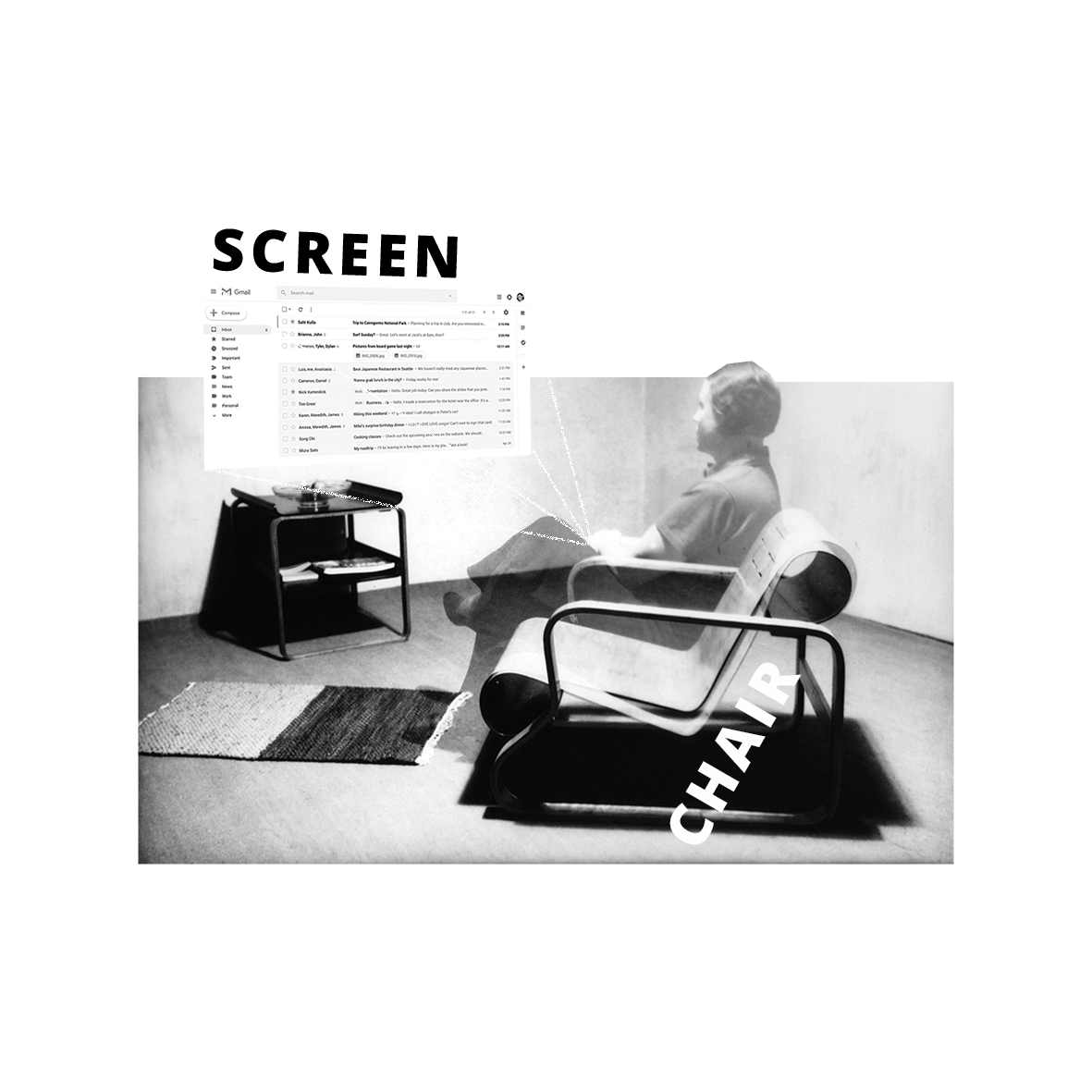Algae Composite Panels
Harvard University
Graduate School of Design
Graduate School of Design
Algae Composite Panels is a material investigation of algae’s aesthetic and mechanical properties in the creation of bio-based structural panels. Global increases in fertilizer use, changing ocean circulations, and water temperatures have resulted in an exponential growth of seaweed around the world, especially in Florida and the Caribbean.
Speculatively, our project utilizes this surplus (and its surroundings of sand and shell) as composite material explorations in biofabrication. Varying proportions of sand, shell, seaweed, water, and binding agent are paired with compression drying techniques, formulating a method for panel production based in local economies and ecologies.
In collaboration with Sarah Nicita.
Speculatively, our project utilizes this surplus (and its surroundings of sand and shell) as composite material explorations in biofabrication. Varying proportions of sand, shell, seaweed, water, and binding agent are paired with compression drying techniques, formulating a method for panel production based in local economies and ecologies.
In collaboration with Sarah Nicita.




Harvard University
Graduate School of Design
Graduate School of Design
Oceanic Protocols: navigating leaks and troubled waters is a micropedia of 28 figures that propose a shift in the design field from terra firma to aqua firma. Three central case studies of the Feejee Mermaid, Ocean Floor Maps, and the Dolphin Embassy –surrounded by 13 occurrences– elaborate on how seawater has always affected design histories and vice versa. Taking the form of a trembling collection of images and essays, the project critically and playfully explores the characteristics of oceans as a medium/a, their materiality, represen- tations, and limits. Thus, a provocation: can oceanic protocols steer us toward decolonial ecologies of more-than-human onto-epistemologies?
Recipient of the Harvard GSD M.Des Domain Award.
Recipient of the Harvard GSD M.Des Domain Award.
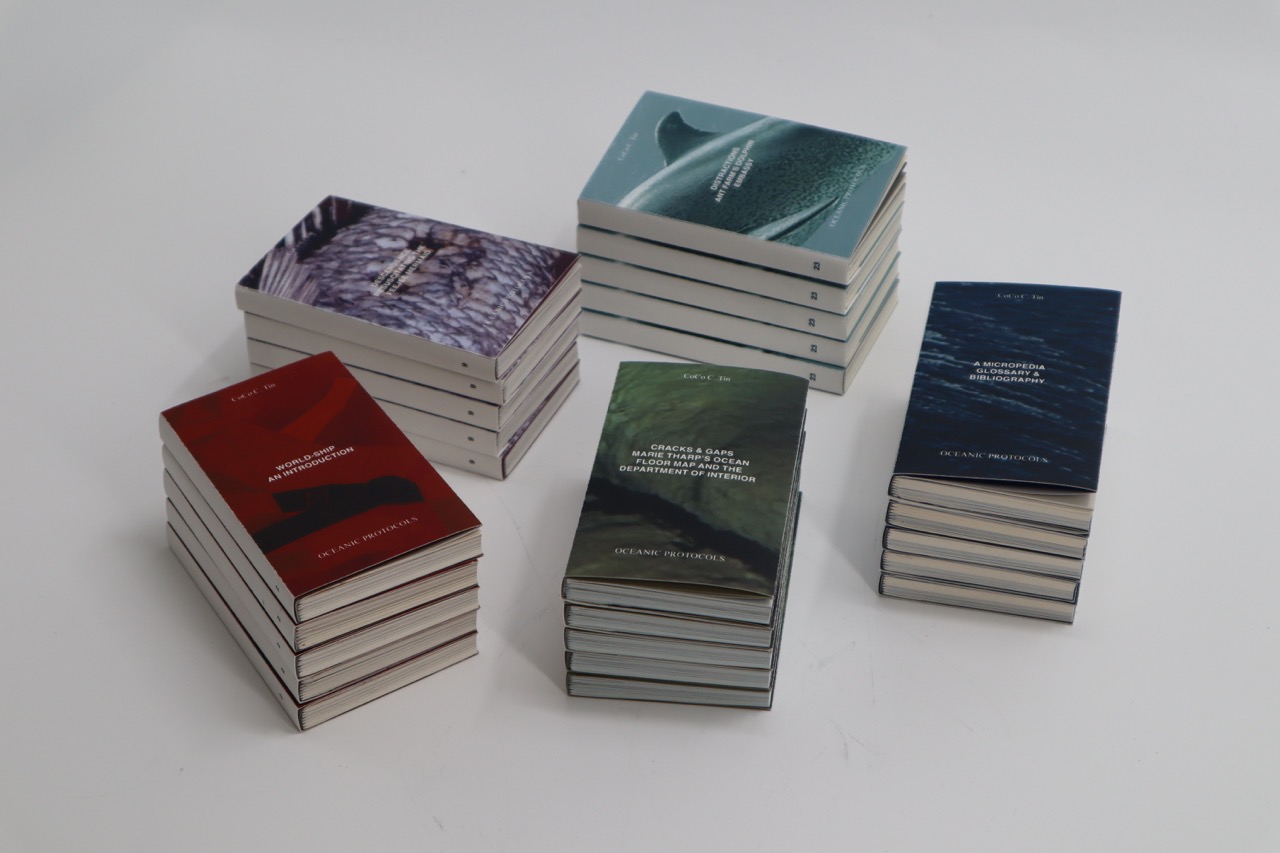
Online publication here / Spotify playlist here.
Architect-developers work with investors, or for themselves, and seem to have more power to shape both buildings and the processes that produce them. And in many ways, they do. But this increased agency comes with risks. The higher you climb up the pyramid, the more you’ve got to lose. The more you invest in the system that keeps you and other architects down, the more likely it is that you become the problem. Can you hold on to your values if they don’t align with the mainstream? Must the pursuit of a more capital-intensive form of architect-developer practice double down on the inequities of access and opportunities already baked into the system? How do you manage your complicity?
A successful, lecture-circuit architect almost never talks about their relationship with money; it is implied that their ideas are so good that their finances just take care of themselves. The architect-developer, however, must defend their architectural virtue because their other values are much clearer. (Alternatively, they can keep their hyphenation a secret, and many do.) You could say that the architect-developer loses prestige because they embody a contradiction the unhyphenated architect pretends not to face. Or, optimistically and in reverse, since the unhyphenated architect claims to produce values beyond profit, a greater presence of architects in development could bring a shift in values.
Perhaps this isn’t a model of practice at all, but a space of invention.
In collaboration with Lev Bratishenko, Mingjia Chen, Ewa Effiom, Melanija Grozdanoska, Rebekka Hirschberg, Harriet Powell, Thea Renyong, Duncan Steele, CoCo Tin, and Joseph Zeal-Henry.
Canadian Centre for Architecture, in partnership with Sound Advice.
Architect-developers work with investors, or for themselves, and seem to have more power to shape both buildings and the processes that produce them. And in many ways, they do. But this increased agency comes with risks. The higher you climb up the pyramid, the more you’ve got to lose. The more you invest in the system that keeps you and other architects down, the more likely it is that you become the problem. Can you hold on to your values if they don’t align with the mainstream? Must the pursuit of a more capital-intensive form of architect-developer practice double down on the inequities of access and opportunities already baked into the system? How do you manage your complicity?
A successful, lecture-circuit architect almost never talks about their relationship with money; it is implied that their ideas are so good that their finances just take care of themselves. The architect-developer, however, must defend their architectural virtue because their other values are much clearer. (Alternatively, they can keep their hyphenation a secret, and many do.) You could say that the architect-developer loses prestige because they embody a contradiction the unhyphenated architect pretends not to face. Or, optimistically and in reverse, since the unhyphenated architect claims to produce values beyond profit, a greater presence of architects in development could bring a shift in values.
Perhaps this isn’t a model of practice at all, but a space of invention.
In collaboration with Lev Bratishenko, Mingjia Chen, Ewa Effiom, Melanija Grozdanoska, Rebekka Hirschberg, Harriet Powell, Thea Renyong, Duncan Steele, CoCo Tin, and Joseph Zeal-Henry.
Canadian Centre for Architecture, in partnership with Sound Advice.


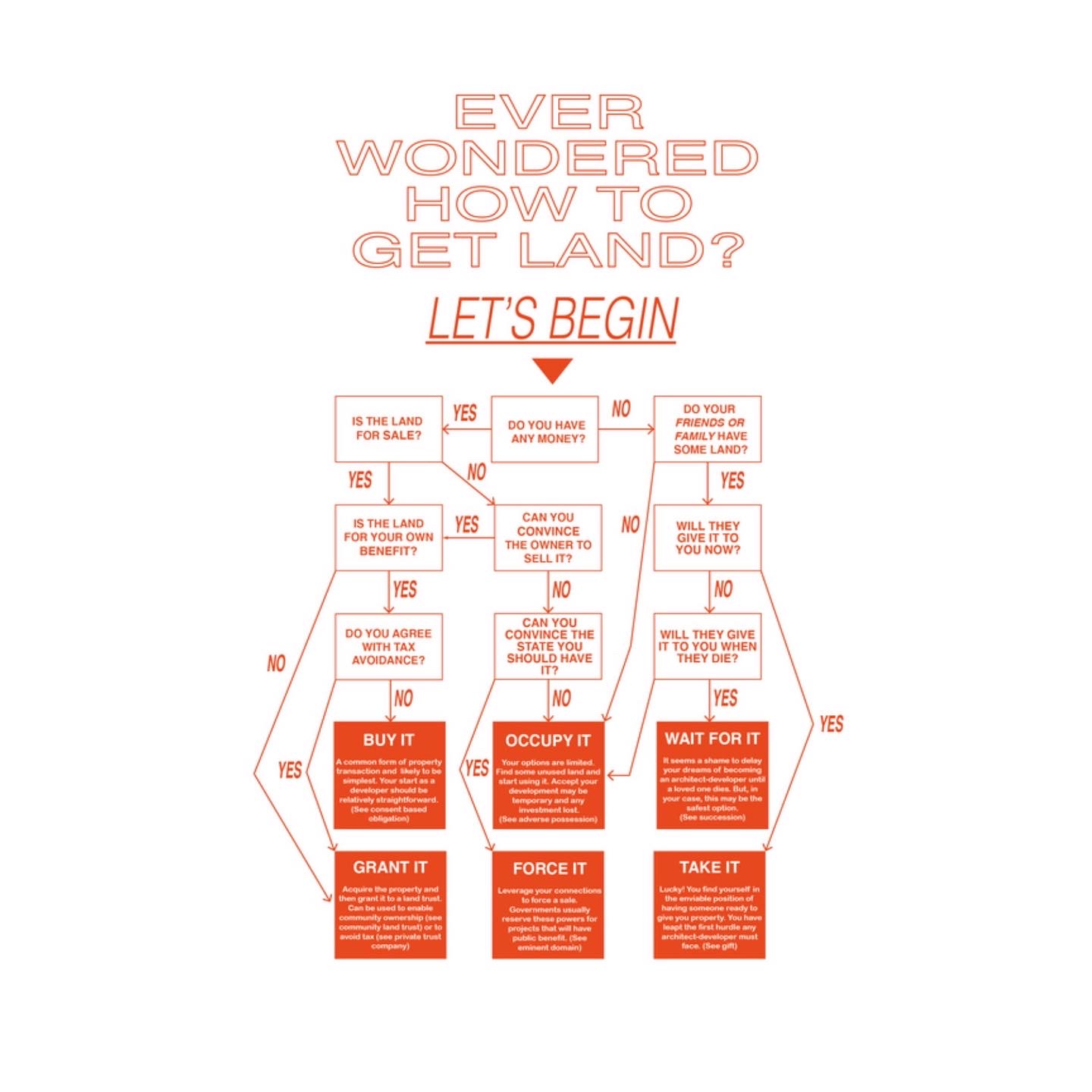
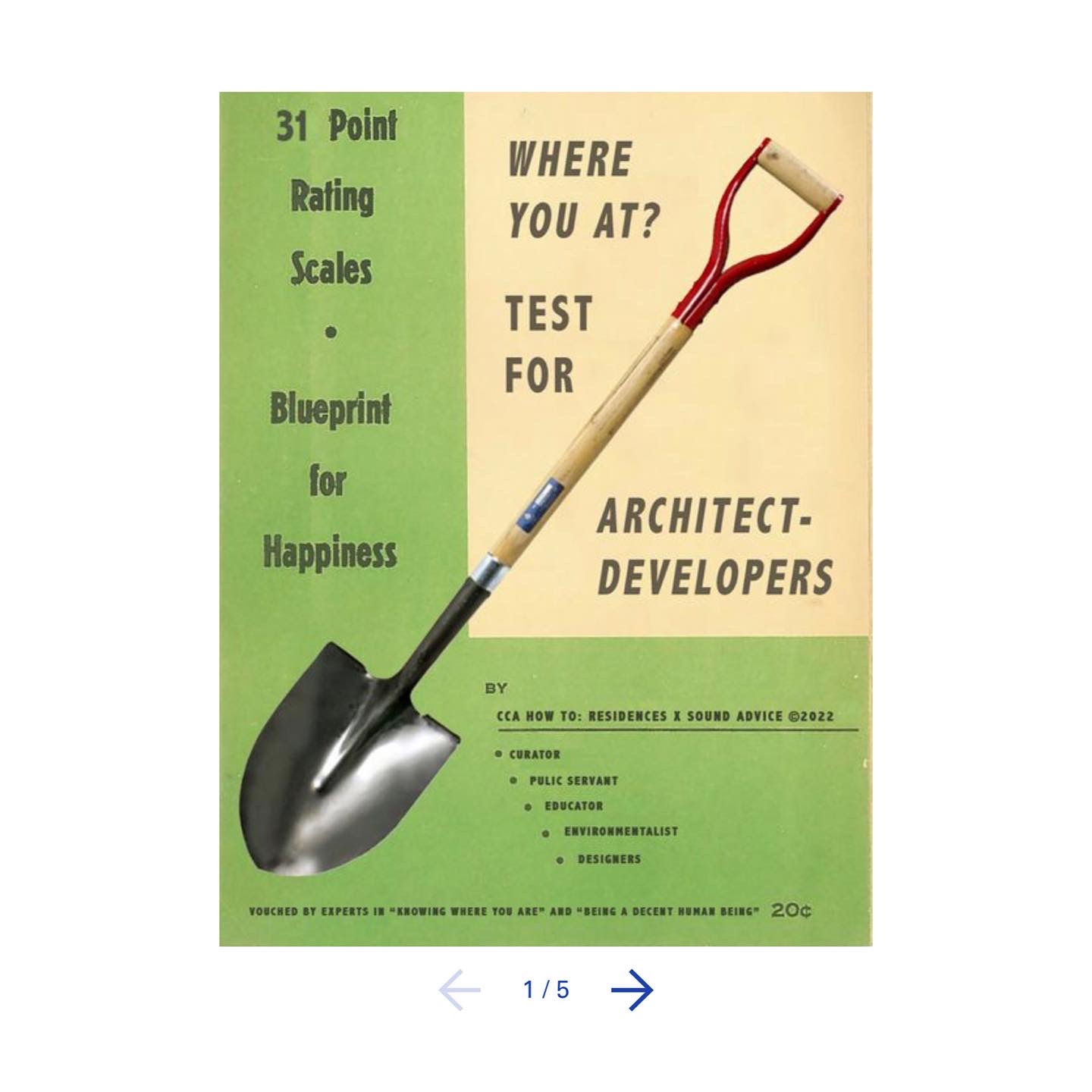
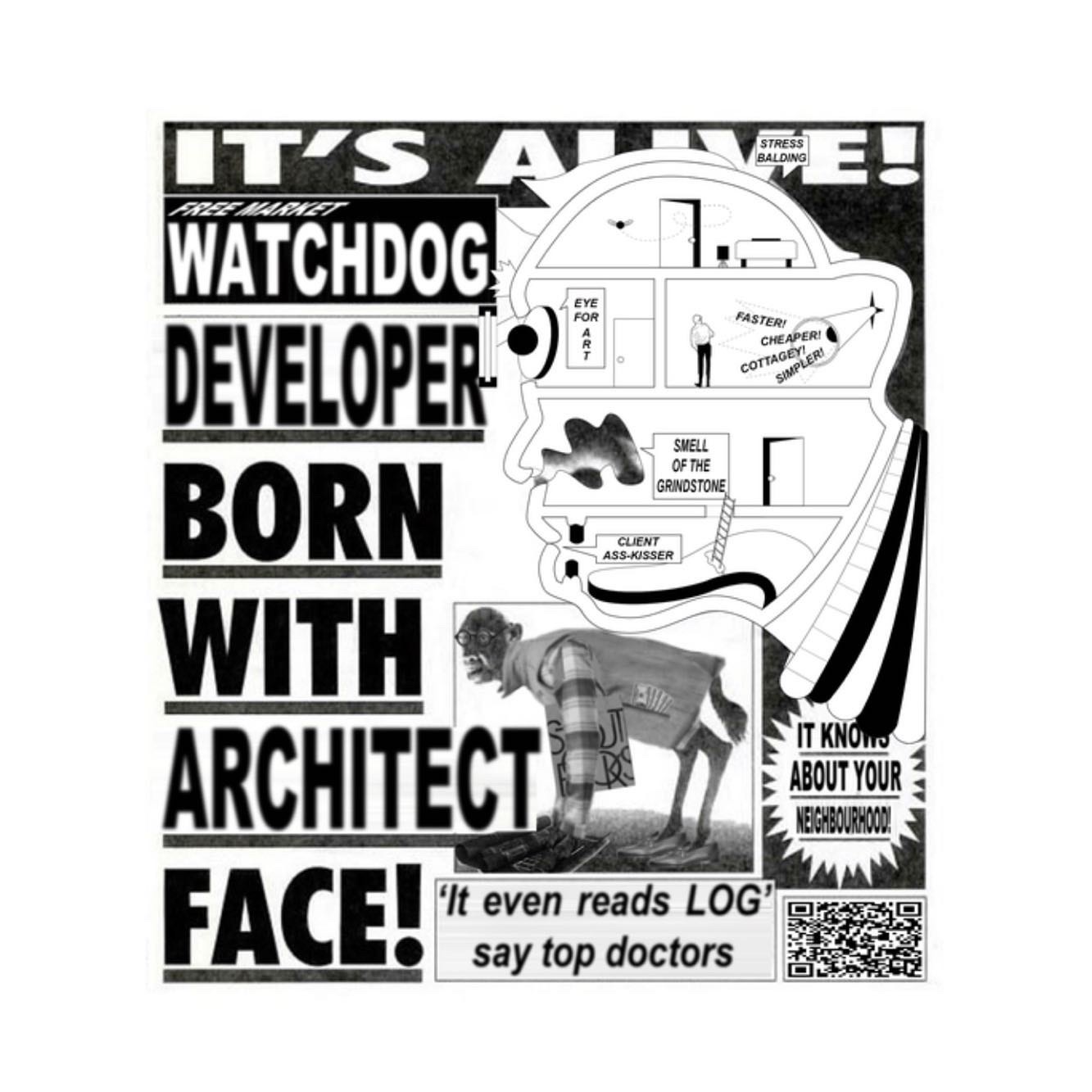
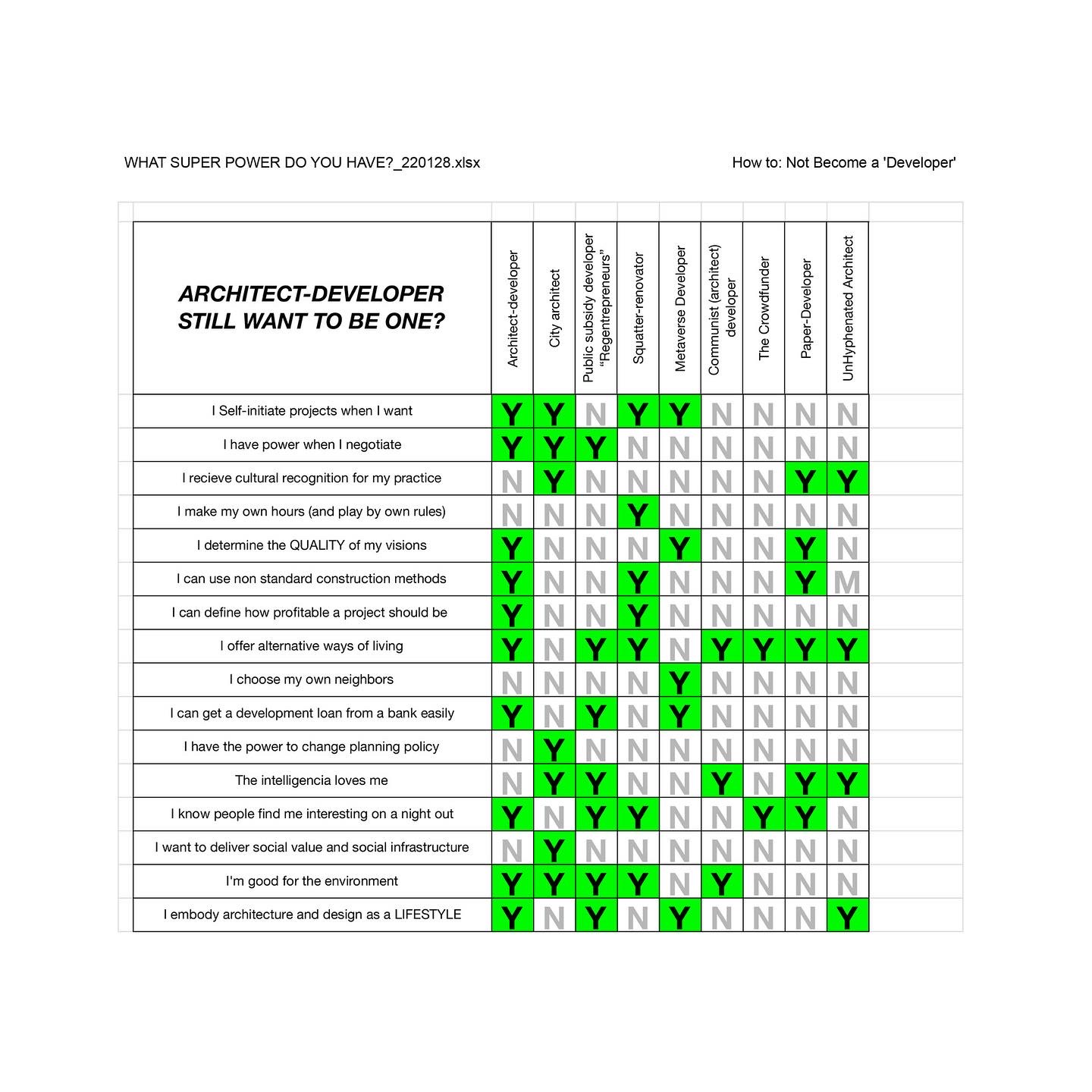

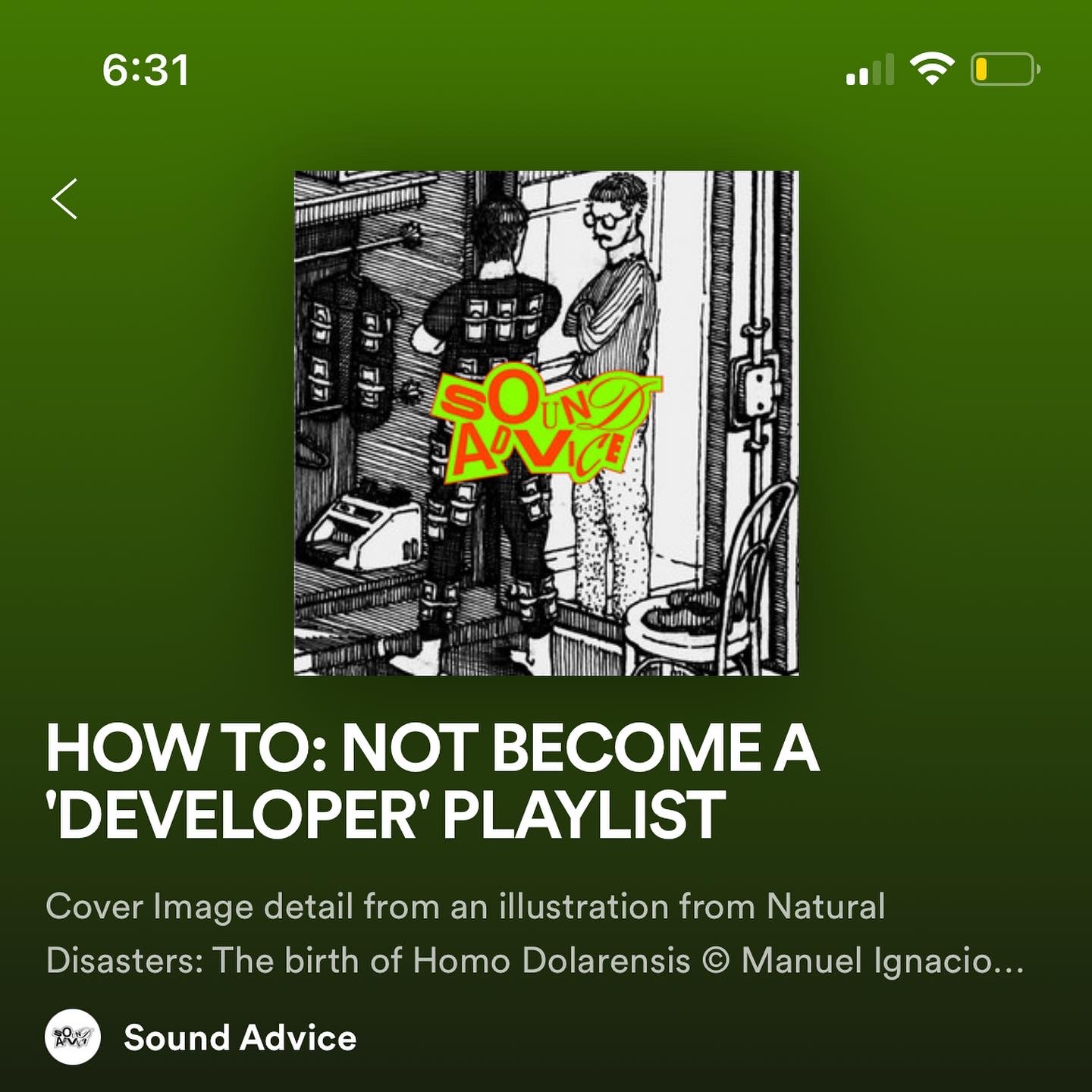
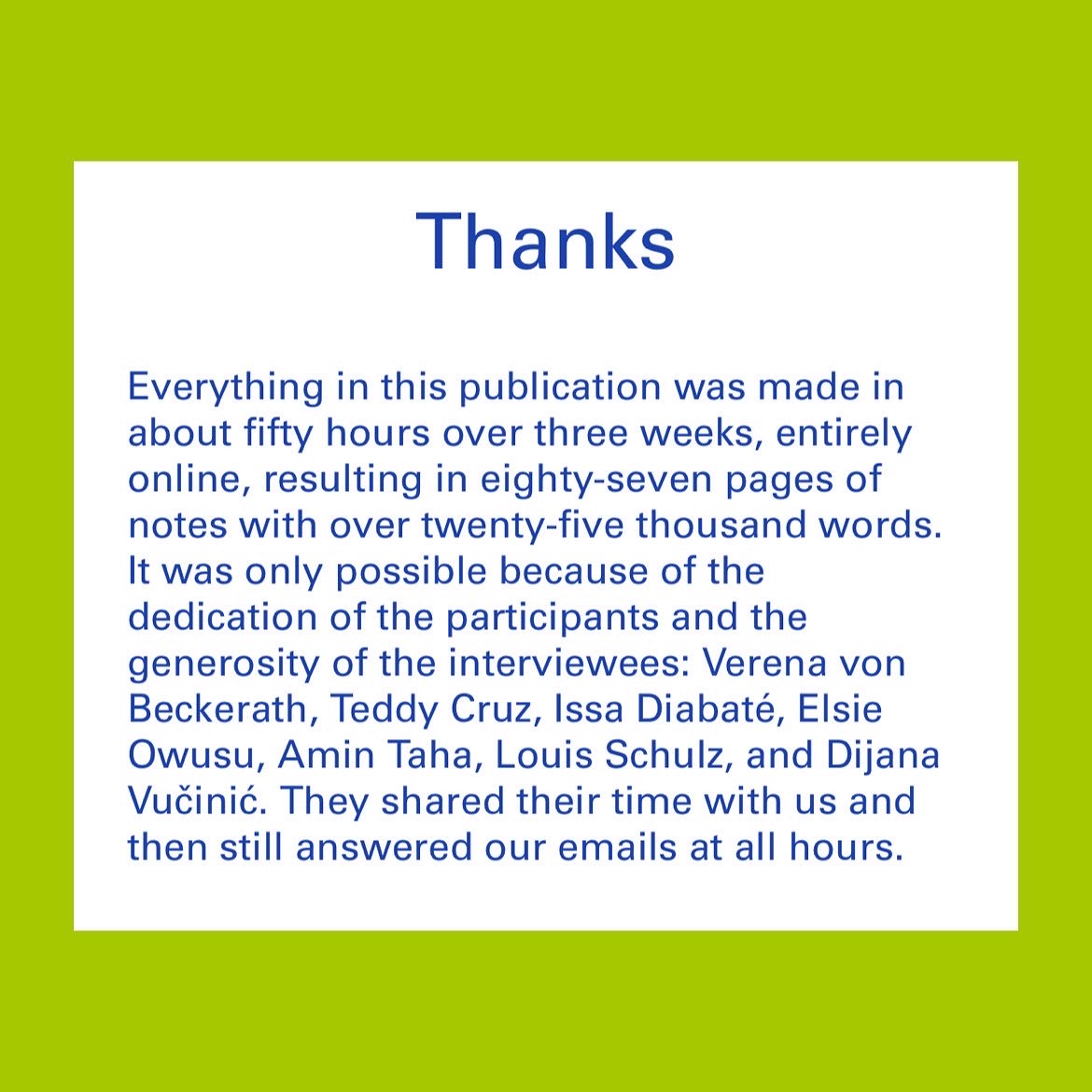
11 x 17 inches
watercolour on paper
29 May 2019
(World Health Organization) Burnout is included in the 11th revision of the International Classification of Diseases (ICD-11) as an occupational phenomenon. It is not classified as a medical condition. In the chapter: “Factors influencing health status or contact with health services”.
04 October 2019
(COCOTIN) In a world where value is determined by both physical-mental optimization, the attention economy heightened by technology overstimulates both human and non-human entities. Infected by neoliberal attitudes, today’s mind operates at speeds beyond the biological body.
Burnout can be defined as:
the destruction of the biological body in its adaptation to the enhanced mind.
*For the sake of clarity, the definition above is the most concise version, expanded notions and original framework for thinking below, exploring historic and contemporary definitions. To embrace the inability to define the neurological condition of burnout, but rather operate within a set of guiding principles to momentarily capture it:
Burnout is to stall, break, or become unusable.
Burnout is inevitable, nothing last forever.
Burnout is infused in our histories, our land.
Burnout is trans-generational.
Burnout includes more-than-human narratives.
Burnout is an opportunity to catalyze change.
watercolour on paper
29 May 2019
(World Health Organization) Burnout is included in the 11th revision of the International Classification of Diseases (ICD-11) as an occupational phenomenon. It is not classified as a medical condition. In the chapter: “Factors influencing health status or contact with health services”.
04 October 2019
(COCOTIN) In a world where value is determined by both physical-mental optimization, the attention economy heightened by technology overstimulates both human and non-human entities. Infected by neoliberal attitudes, today’s mind operates at speeds beyond the biological body.
Burnout can be defined as:
the destruction of the biological body in its adaptation to the enhanced mind.
*For the sake of clarity, the definition above is the most concise version, expanded notions and original framework for thinking below, exploring historic and contemporary definitions. To embrace the inability to define the neurological condition of burnout, but rather operate within a set of guiding principles to momentarily capture it:
Burnout is to stall, break, or become unusable.
Burnout is inevitable, nothing last forever.
Burnout is infused in our histories, our land.
Burnout is trans-generational.
Burnout includes more-than-human narratives.
Burnout is an opportunity to catalyze change.
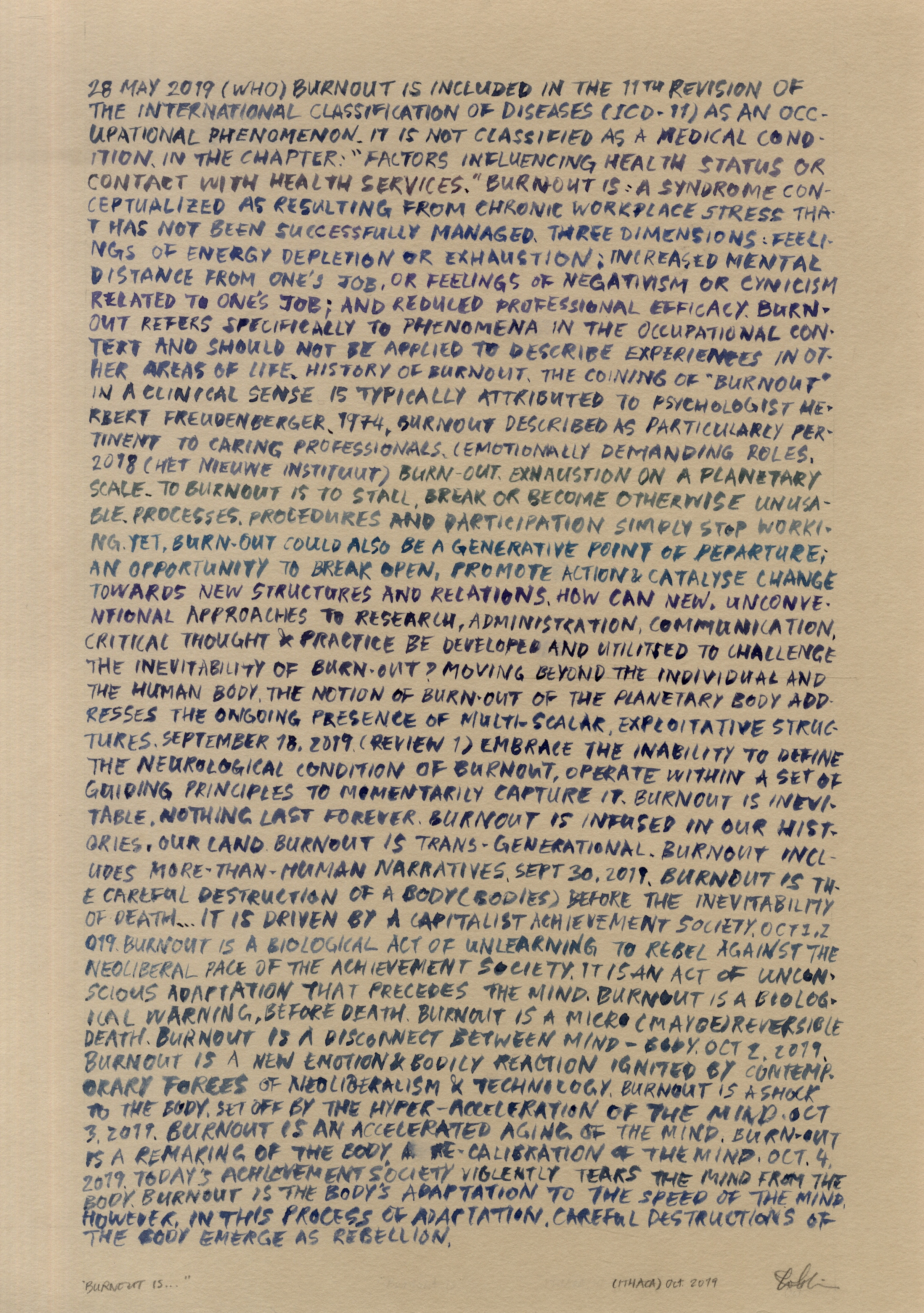

If the bacterial infection age ended with antibiotics, just as how Streptomycin ‘cured’ TB, German-Korean philosopher Byun Chul Han describes the 21st century as the age of infarction, burnout is defined by neurons and caused by the excess of positive stimuli.
“Today’s society is no longer Foucault’s disciplinary world of hospitals, madhouses, prions, barracks, and factories. It has long been replaced by another regime, namely a society of fitness studios, office towers, banks, airports, shopping malls, and genetic laboratories. Twenty-first century society is no longer a disciplinary society, but rather an achievement society.” The Burnout Society, Byun Chul Han
“Today’s society is no longer Foucault’s disciplinary world of hospitals, madhouses, prions, barracks, and factories. It has long been replaced by another regime, namely a society of fitness studios, office towers, banks, airports, shopping malls, and genetic laboratories. Twenty-first century society is no longer a disciplinary society, but rather an achievement society.” The Burnout Society, Byun Chul Han

